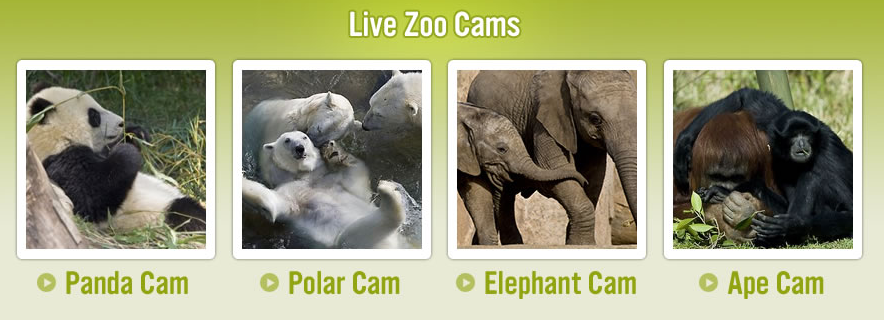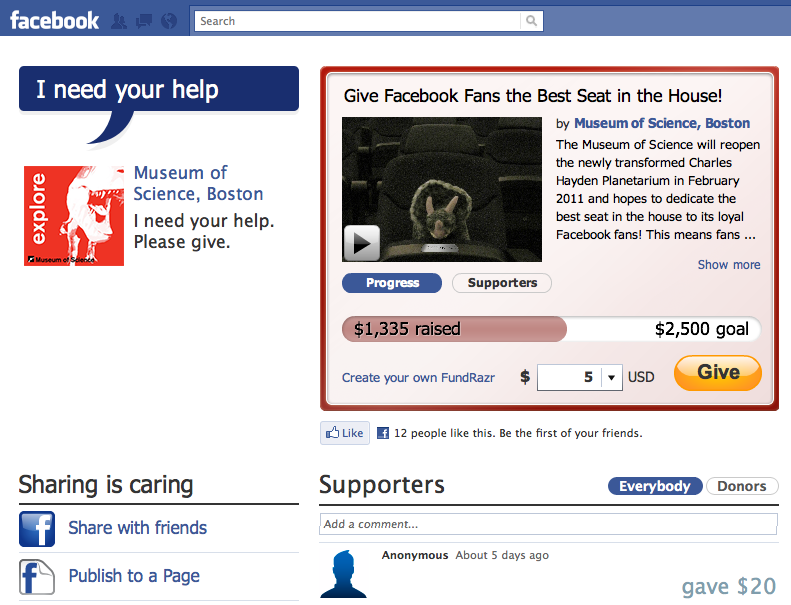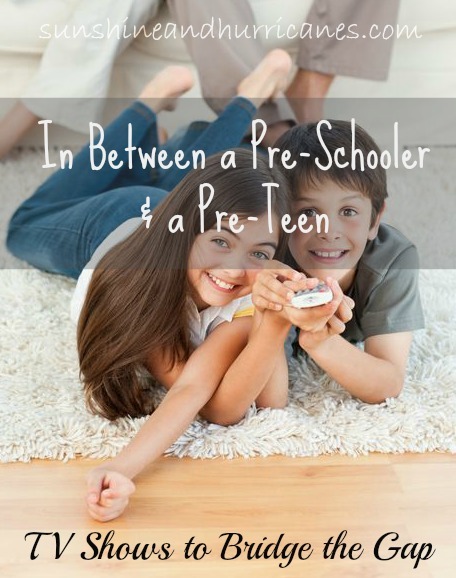Making K-12 ‘Innovation’ Live Up to Its Hype
This was originally posted in EdWeek on March 4, 2015 written by Matthew Muench
Is innovation losing its luster? Critiques of the ubiquitous “disruptive innovation” theory—in the pages of The New Yorker (June 23, 2014) and elsewhere—have led some to wonder. Growing use of quotation marks around the word innovation, and the eye-rolling its use can sometimes provoke, reflect not only its overuse, but also a dawning reality: What we call “innovation” often lacks substance and sometimes works to our detriment, not our betterment.
There are good reasons for educators to heed these criticisms. We’ve seen too much innovation-for-innovation’s-sake. Countless would-be innovators offer products and services that look shiny and cool—and lay claim to “disruptive” potential—but fail to solve any real problems for educators or learners. Moreover, these offerings often reek of arrogance about the challenge of engendering meaningful learning, and are overwhelming in the numbers with which they bombard educators.
Let me offer a path to redemption: Employ the science of learning, and focus on building the personal skills that will shape school, work, and life outcomes.
Start with what the science says about how people acquire, retain, and use knowledge and skills, and build new technologies or models grounded in that science. Most do not do this. Investors pumping hundreds of millions into educational technology every quarter seldom ask about the extent to which learning science was used in design. As developers sprint to build the latest and greatest, they rarely pause to ask what the research suggests about whether another animation and explosion sound is likely to aid or to hinder learning. It’s a shame how many beautiful products or intriguing new education models are doomed to ineffectiveness for ignoring what is known about how people learn.

In fairness, the market hasn’t demanded this: Procurement processes in schools generally lack the sophistication to consider the match between design and science, or to require validated demonstration of effectiveness. Right now, a large sales force, an existing contract, and an installed base of products tend to win the day.
There is growing recognition, however, that philanthropic and other efforts to help schools should focus more on building capacity in procurement, adoption, and use of new technologies. And as the market becomes more sophisticated, providers of learning-science-based products will win. They would be wise to get ahead of this curve.
Entrepreneurs should start with reflection: What do we know about working memory and cognitive load? What does the literature say about when to guide a learner and when a learner should have autonomy? How much have we thought about contextualization? Metacognition? What are the likely “decay” rates of the knowledge our product helps people learn, and how does our strategy to reduce this loss draw on research? Do we provide learners with feedback? And is its timing, nature, and specificity based on research? And do we test and refine the design to maximize effectiveness?
There are signs that the field is moving in this more careful, questioning direction. Last year, leaders of several universities, as well as Google, Microsoft, edX, Coursera, and other companies, formed the Global Learning Council to work on unlocking the power of learning science and technology to improve student outcomes. There is a growing sense that education technology hasn’t delivered on its promises, and the most obvious way to turn cool experiences into quality experiences is to use learning science to improve design.
There are many resources out there, but one accessible way for educational innovators to get started is to read books such as Breakthrough Leadership in the Digital Age: Using Learning Science to Reboot Schooling, by Frederick M. Hess and Bror Saxberg.
Second, design offerings to help learners acquire the personal skills so critical to shaping success in learning, work, and life. These are variously called soft skills, noncognitive factors, dispositions, attributes, behaviors, employability skills, and so on. But, following the National Research Council, I prefer the specificity of “interpersonal” and “intrapersonal” skills.
The importance of these skills is reflected in the current buzz about grit, perseverance, and academic mind-sets, a field of thought associated with Angela Duckworth, Paul Tough, Carol Dweck, and others. But it isn’t just buzz. The field has focused in on a set of skills that determine success in many contexts. The interpersonal skills include communication, collaboration, and relationship management. The intrapersonal skills—which arguably shape everything else—include conscientiousness, self-regulation, self-efficacy and growth mind-set, metacognition, and perseverance.
This isn’t to diminish the importance and difficulty of helping students acquire essential cognitive skills and content knowledge. But research indicates that these ultimately are not enough to ensure college and career success, if the individual lacks the ability and disposition to activate and make use of them in different contexts.
Two good sources of information on all of this are a 2012 report out of the University of Chicago, “Teaching Adolescents to Become Learners: The Role of Noncognitive Factors in Shaping School Performance,” and a 2012 report by James Pellegrino and Margaret Hilton for the National Research Council, “Education for Life and Work: Developing Transferable Knowledge and Skills in the 21st Century.”
In my dream, every ed-tech product and new school model brought into the world would be intentional in developing some of these interpersonal and intrapersonal skills among its targeted learners. When teaching algebra, for example, also build metacognition. In a science curriculum, promote a growth mind-set and self-efficacy. And do all of this based on the best scientific understanding about what these skills involve and how they can be developed.
Admittedly, there is less clarity about how to do this—at scale—than there is about what the skills are and that they’re important. Yet that in itself presents an opportunity for entrepreneurs to design new approaches and bring something truly valuable to the market. Addressing this challenge would allow education innovators to have a transformative impact on individuals, communities, and society, and could make educational technology a force to help break cycles of poverty. I say that without hyperbole.
So what should education innovators do? They should follow two lodestars: learning science as central to the design of new learning technologies or learning models, and personal-success skills as targeted outcomes from any new learning tool or model. This will help maximize the positive impact of new ideas on the lives of learners. And, as a bonus, it can help restore the credibility of education “innovation.”



 President Barack Obama delivers remarks on protecting consumers and families in the digital age, at the Federal Trade Commission in Washington, D.C., Jan. 12, 2015. (Official White House Photo by Pete Souza)
President Barack Obama delivers remarks on protecting consumers and families in the digital age, at the Federal Trade Commission in Washington, D.C., Jan. 12, 2015. (Official White House Photo by Pete Souza)





























































